World Energy Council Advances New Details on Water-Energy Nexus
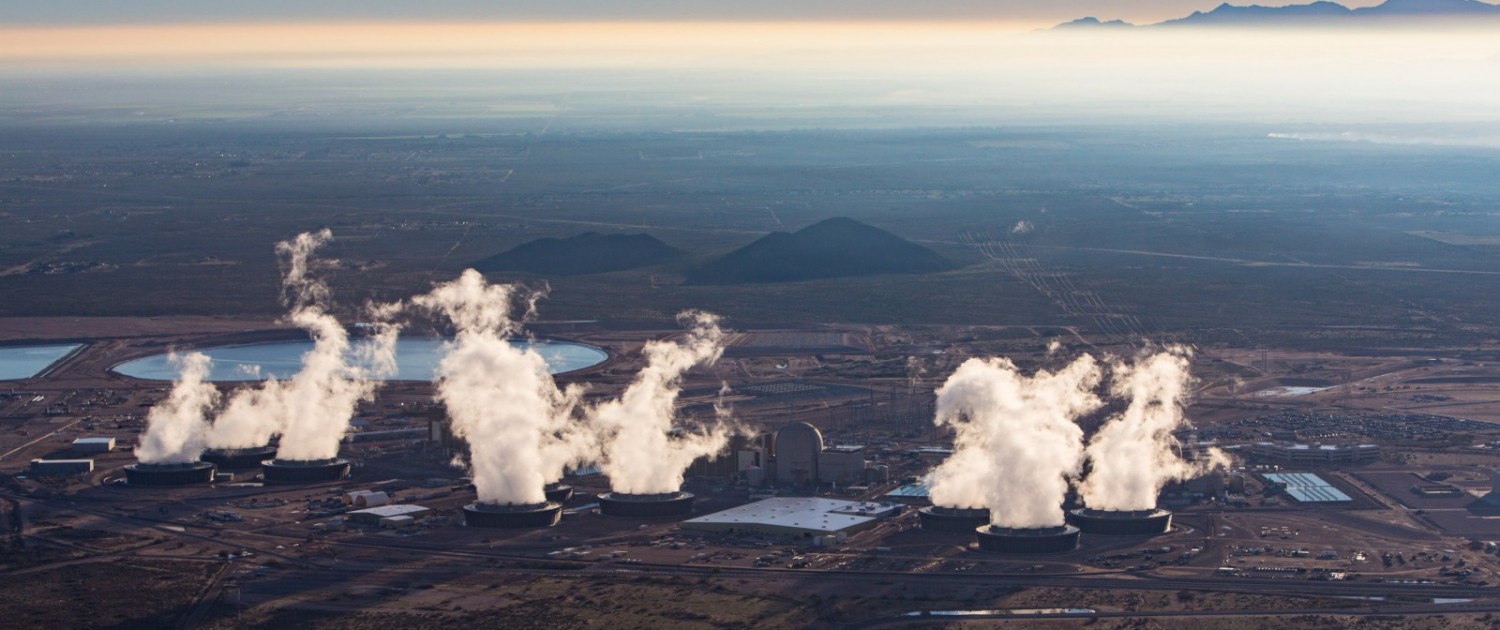
The Palo Verde nuclear power plant near Phoenix is the largest power plant in the United States, serving about four million people. It is the only large nuclear plant in the world not near a large body of water — instead, it uses treated wastewater from nearby cities for cooling. Photo © J. Carl Ganter / Circle of Blue
By Keith Schneider
Circle of Blue
In a new report, “The Road to Resilience – Managing the Risks of the Energy-Water-Food Nexus,” the London-based World Energy Council today warned of the rising risk of energy and food shortages caused by scarce supplies of water. The council noted a recent paper in Nature, the widely respected science journal, that projected demand for water would exceed available supplies by 40 percent by 2030. Another paper published last month in Nature found that two-thirds of the world’s people do not have access to adequate supplies of fresh water for at least one month per year.
Unless new water-conserving practices are developed, the council said, there likely will not be sufficient water to generate adequate supplies of energy and food, and for industries and cities.
Introduced during a conference in New Zealand, the World Energy Council findings are supported by a task force of over 140 experts from across the world. The report called for new research on how much water is needed for various energy technologies. It also focused on the finance and lending sectors, calling for new lending strategies in the energy industry that take into account the risks of water-scarcity and social opposition in causing stranded assets and building big energy projects. Such risks are viewed as largely inconsequential by government and quasi-government financial institutions like the World Bank and the Asian Development Bank.
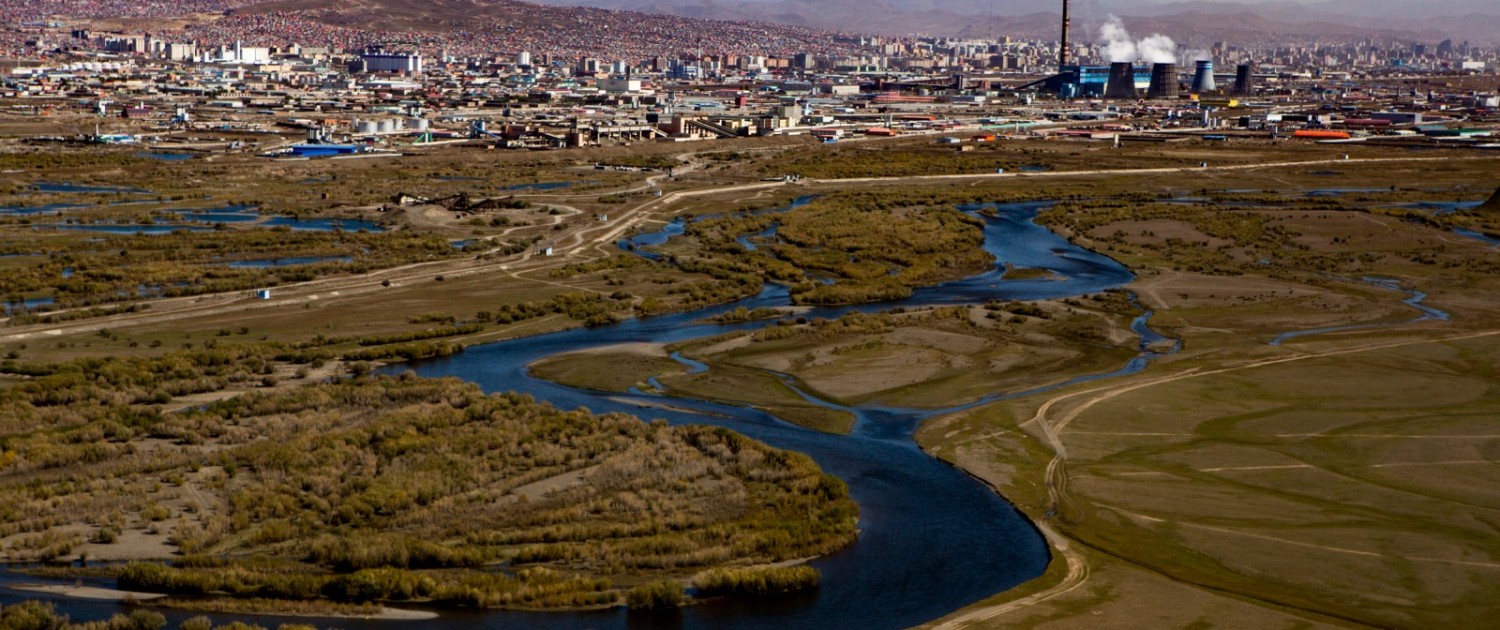
The Tuul River snakes by a coal plant in Ulaanbaatar, Mongolia. Photo © J. Carl Ganter / Circle of Blue
The World Energy Council report is the second in a series of studies that assesses the financing of resilient energy infrastructure, and identifies the investment and systemic changes required to combat new emerging risks, including extreme weather. The reports are prepared with project partners Swiss Re Corporate Solutions and Marsh & McLennan Companies. The European Bank for Reconstruction and Development also participates. Report findings are designed to inform the 23rd World Energy Congress to be held in Istanbul, Turkey in October 2016.
Read the full report here.
Circle of Blue’s senior editor and chief correspondent based in Traverse City, Michigan. He has reported on the contest for energy, food, and water in the era of climate change from six continents. Contact
Keith Schneider

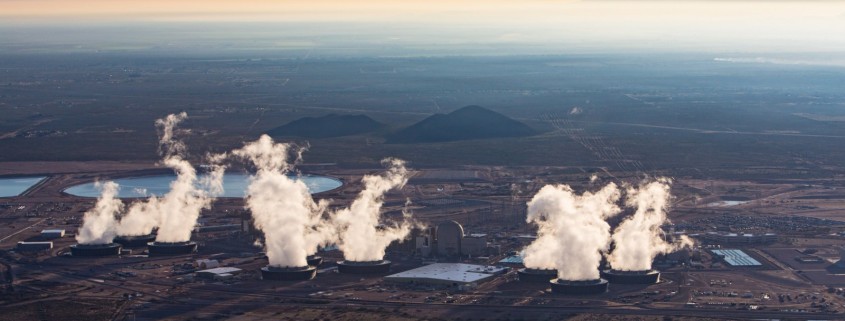
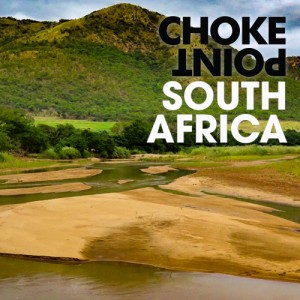

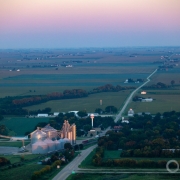
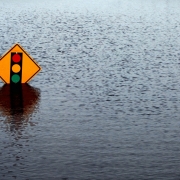

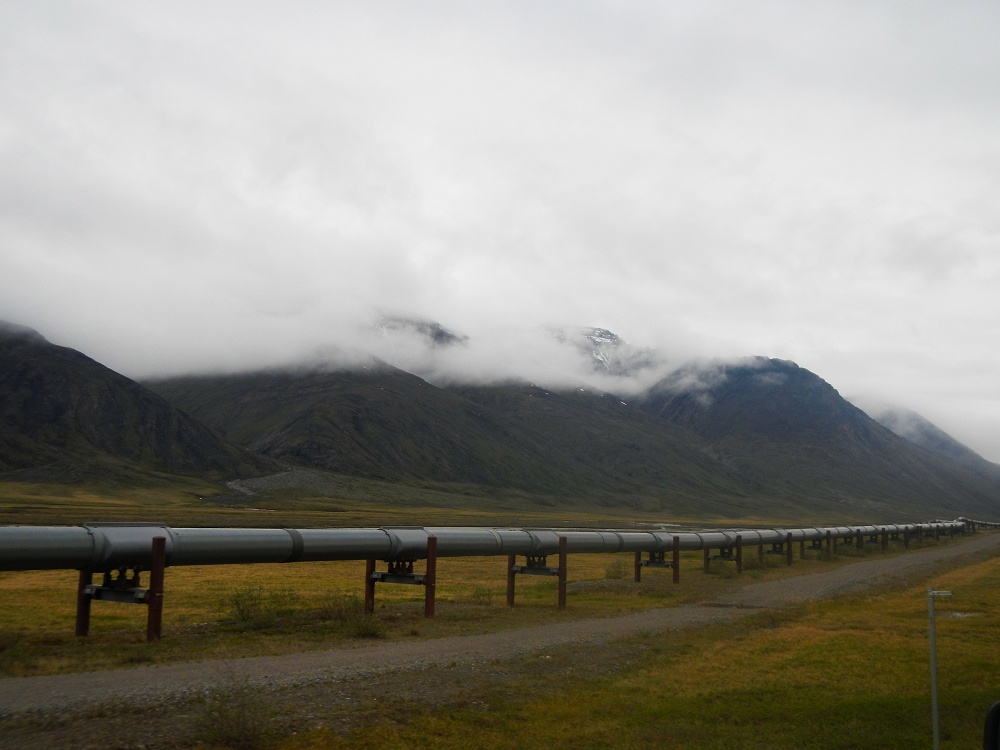
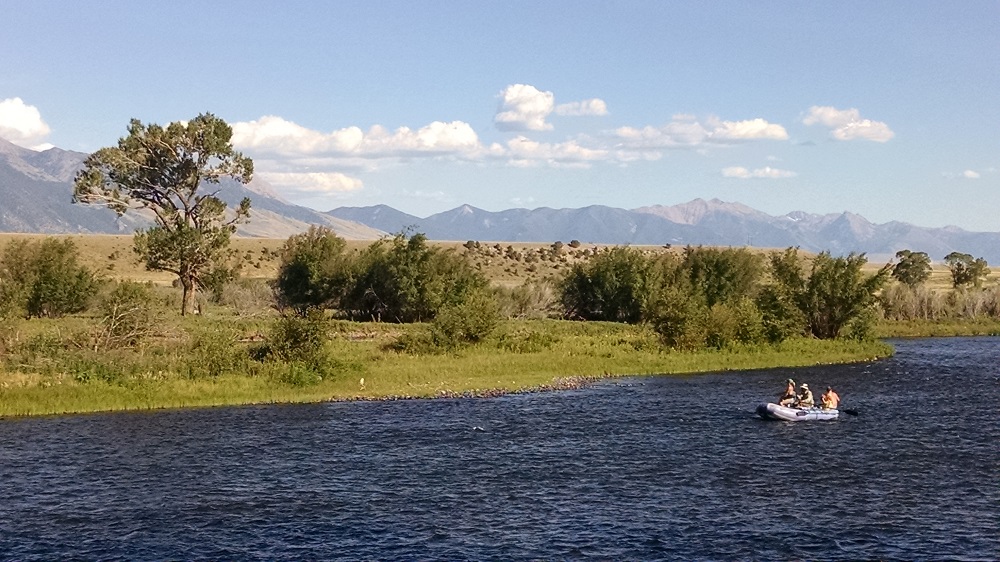


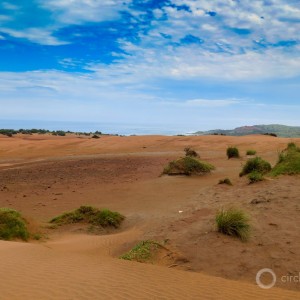

Leave a Reply
Want to join the discussion?Feel free to contribute!